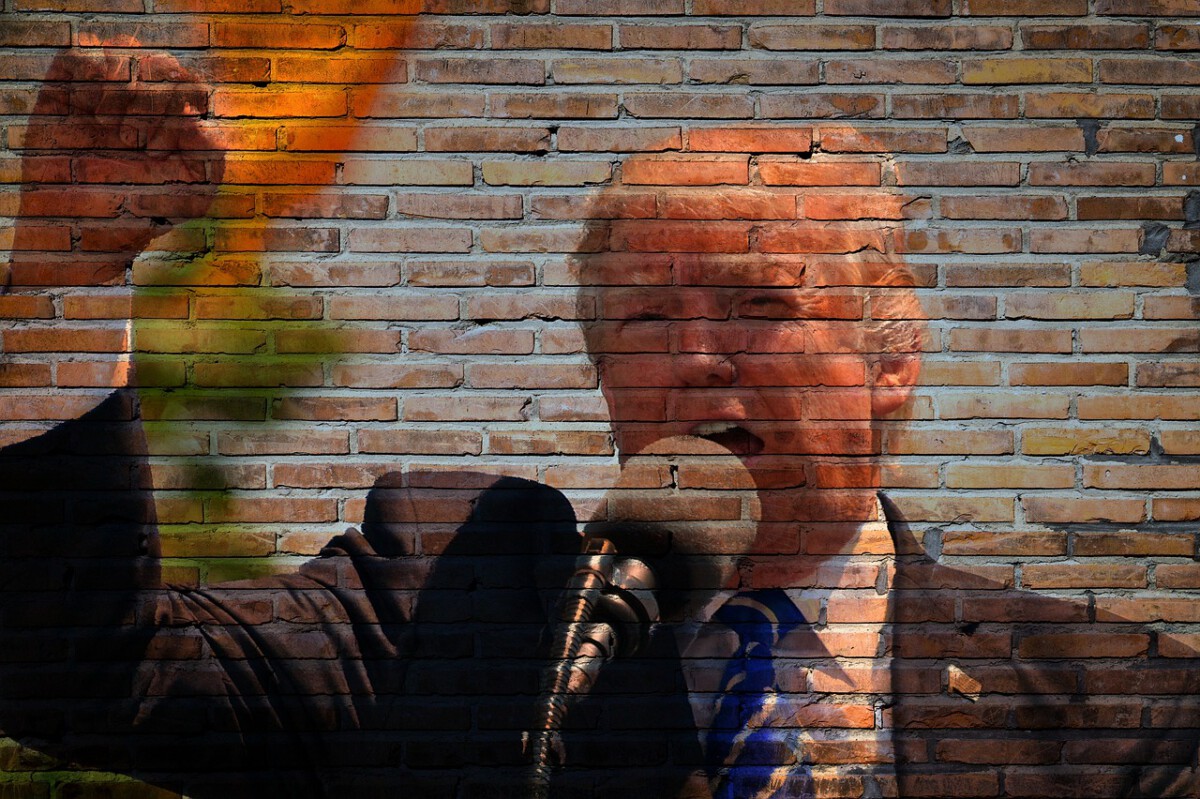
Trump Draws a Hard Line (Image Credits: Pixabay)
Washington D.C. – With dark clouds gathering over federal operations, President Trump’s latest words on the government shutdown cut through the tension like a gust of wind, leaving many wondering about the real cost to everyday Americans facing natural disasters.
Trump Draws a Hard Line
President Trump made it crystal clear during a recent interview: the ongoing government shutdown won’t budge until Democrats come around to his terms. He pointed fingers squarely at them for the stalemate, suggesting their refusal to negotiate is what’s keeping federal doors closed. This comes as the shutdown stretches into weeks, testing patience on both sides of the aisle.
His comments echo a pattern from past disputes, where Trump has framed shutdowns as leverage in bigger battles over spending and policy. Yet, with no fresh ideas on the table for key issues like health care funding, critics say it’s more posturing than problem-solving. Meanwhile, federal workers and the public feel the pinch every day.
The Shutdown’s Ripple Effects
Imagine trying to prep for a massive storm without your full team in place – that’s the reality for agencies like NOAA right now. Pilots who scout hurricane paths are working without pay, and safety inspections are lagging. It’s not just inconvenient; it could mean lives at risk when seconds count.
FEMA’s flood insurance program has ground to a halt, freezing aid that families rely on after floods or winds tear through their homes. Back in October, efforts to lay off thousands were paused by courts, but the uncertainty lingers. Economists peg the daily hit at around $800 million in stalled contracts and services.
Hurricanes Meet Political Gridlock
Hurricane season doesn’t pause for politics, but this shutdown is forcing it to adapt in dangerous ways. Recent storms like Melissa have slammed into places like Jamaica with category 5 fury, and similar threats loom for U.S. coasts. Without full federal support, response times slow, and communities in red states hit hard by events like Helene feel forgotten.
Project 2025 proposals floating around add fuel to the fire, hinting at cuts to emergency funding that could gut disaster relief long-term. Remember how past relief bills got tangled in shutdown fights? History shows these delays turn temporary disruptions into lasting headaches, much like a storm that lingers too long.
Democrats Push Back
House Minority Leader Hakeem Jeffries fired back, insisting furloughed workers deserve their back pay no matter what. Democrats argue the law backs them up, calling Trump’s selective approach to compensation unfair and unlawful. They’ve held firm, refusing to bend on health care subsidies that could spike costs for millions if they lapse.
This standoff isn’t new; it’s a rerun of 2018-2019 tactics, where wall funding clashed with disaster aid. Lawmakers from both parties warn that diverting hurricane or wildfire funds would be a non-starter, especially with appeals ongoing in federal courts over workforce cuts.
Who Pays the Price?
Low-income families stand to lose the most, with food assistance programs teetering and health care premiums potentially jumping hundreds of dollars monthly. Troops deployed abroad might go without paychecks, adding stress to already tough duties. Even stock listings and loan approvals sit idle, dragging on the economy like a slow-moving front.
In Democratic-led states, frozen transit and green-energy projects worth billions highlight the targeted pain. Yet, it’s bipartisan suffering – think rural areas rebuilding from floods, now waiting on federal checks that might never clear during the impasse.
| Impact Area | Daily Effect |
|---|---|
| Federal Contracts | $800M delayed |
| Health Care Subsidies | At risk of expiring |
| Disaster Response | Reduced staffing and funding |
Paths to Resolution?
Some Republicans whisper about compromise, but Trump’s “no extortion” stance shuts down talks fast. The shutdown could soon eclipse the record 35-day one from years back, with no end in sight. Experts say short-term economic dips mimic storm damage – recoverable, but why risk it?
Calls grow for emergency measures to protect essential services, yet political egos seem to block the way. If history repeats, a last-minute deal might avert total catastrophe, but not before real harm sets in.
Key Takeaways
- Shutdown halts critical hurricane prep, from weather tracking to insurance payouts.
- Trump’s demands focus on Democratic concessions, ignoring health care fixes.
- Millions face aid delays; economy loses billions weekly.
In the end, this shutdown isn’t just D.C. drama – it’s a storm hitting vulnerable spots hardest, from coastlines to kitchen tables. What steps should leaders take next to get things moving? Share your thoughts in the comments.



